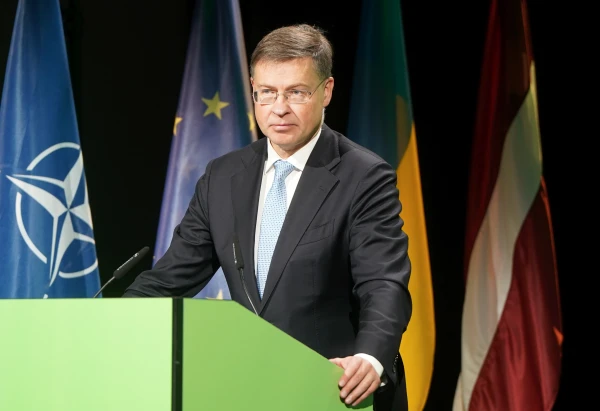
Russia's assets will remain frozen until it pays reparations to Ukraine, said European Commissioner for Economy and Productivity Valdis Dombrovskis ('New Unity'), who is on a working visit to Washington (USA) until Friday.
He noted that the visit to the United States is related to the annual meeting of the International Monetary Fund and the World Bank, where issues of the global economy and macroeconomic policy are discussed with the aim of ensuring further balanced growth. Other meetings are also taking place simultaneously — the G7 and G20 summits, as well as bilateral negotiations.
According to the European Commissioner, during the visit he pays special attention to issues related to financial support for Ukraine. He noted that these topics were discussed at the G7 meeting, where EU representatives informed about the development of a reparations loan mechanism. According to Dombrovskis, this issue was also discussed with other international partners — G7 countries, the IMF, and the World Bank — in the context of possible support from them.
The European Commissioner referred to estimates from the International Monetary Fund, according to which Ukraine will need about 60 billion US dollars, or approximately 57 billion euros, over the next two years, not counting military support, which may be comparable in volume. In his opinion, the international community should act together to ensure the necessary financing for Ukraine.
In response to a question about whether there is international consensus on supporting Ukraine or if there are countries that do not want to participate, Dombrovskis emphasized that the G7 countries are ready to provide assistance. However, he added that there are many states in the world that are not participating in either supporting Ukraine or in sanctioning pressure on Russia.
"Unfortunately, this is the reality. We are cooperating with like-minded countries that have been helping Ukraine since the beginning of the war," said the European Commissioner.
Speaking about the reparations loan, Dombrovskis explained that the EU proposes to use funds accumulated from frozen Russian assets and direct them to Ukraine as a loan on the condition that Ukraine will only repay it if Russia pays reparations. If Russia does not pay reparations, Ukraine will not be obliged to repay this loan, and Russia will not be able to reclaim its assets.
He added that the EU holds the largest volume of frozen Russian assets, but such assets also exist in other G7 countries — for example, in the United Kingdom and Canada. These countries have already expressed interest and can implement a similar reparations loan mechanism to finance Ukraine.
Regarding the legal aspects of such a mechanism, Dombrovskis noted that Ukraine is already receiving support this year under the G7 initiative for accelerating emergency revenues (ERA), based on the cash flow generated by frozen Russian assets. He pointed out that numerous discussions have taken place in the EU regarding the possible confiscation of assets, but consensus has not been reached, so such proposals are not currently being advanced.
"We are not proposing to confiscate assets. Russia retains a claim to these assets. However, the assets remain frozen, and the accumulated funds would otherwise have been transferred to Russia. Both the European Council and the G7 countries have decided that Russian assets should remain frozen until Russia pays reparations," Dombrovskis explained.
In response to a question about whether the entire amount will be transferred to Ukraine, the European Commissioner stated that the specific volume of funds is still under discussion. Preliminary estimates suggest that the loan amount could reach 140 billion euros. He emphasized that the EU aims to create a mechanism that will allow these funds to be used for more than two years. It should also be noted that other international donors are participating in financing Ukraine, so it is currently impossible to specify the exact final amount.
"Typically, this happens as follows: the International Monetary Fund assesses the necessary volume of financing, and then international donors gather and agree on how these needs will be met. This becomes the basis for the IMF program," the politician explained.
He noted that the reparations loan could consist of two blocks. The first is financial support for Ukraine to cover current needs, and the second is military assistance. According to Dombrovskis, discussions will take place regarding the form of military support, what equipment Ukraine needs, and how it will be provided. He reminded that the EU has macro-financial assistance programs, for which Ukraine must meet certain conditions to receive funds. The politician added that the G7 ERA loan is based on the cash flow generated by frozen Russian assets, so the mechanism for repaying this loan will also be evaluated in parallel.
When asked about the US position on the Ukrainian issue, Dombrovskis replied that these topics were discussed at the G7 meeting, and overall, the US supports the EU initiative for the reparations loan. However, an important question remains — to what extent is the US willing to provide financial support to Ukraine and utilize the frozen Russian assets on its territory. Although their volume is significantly smaller than in the EU, the discussion on this topic is still ahead, Dombrovskis acknowledged.

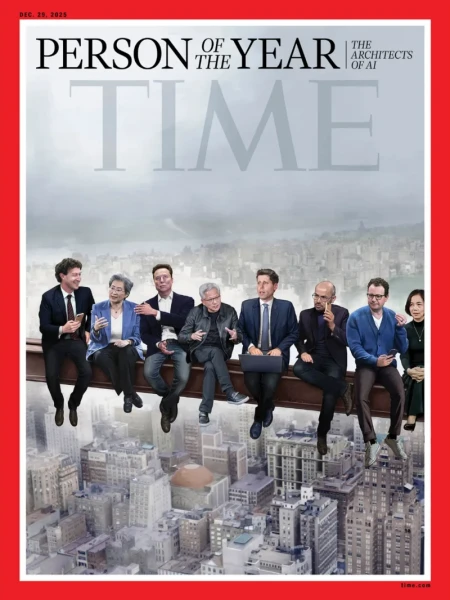
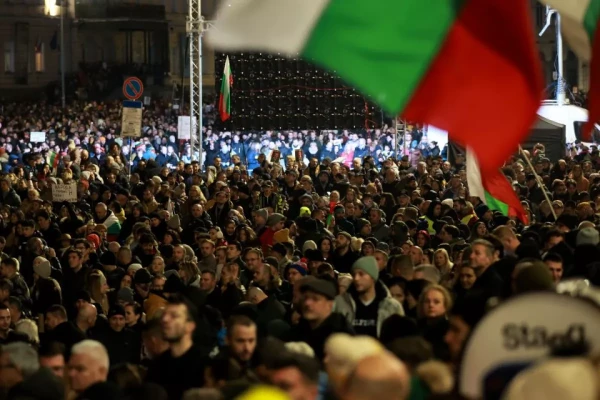

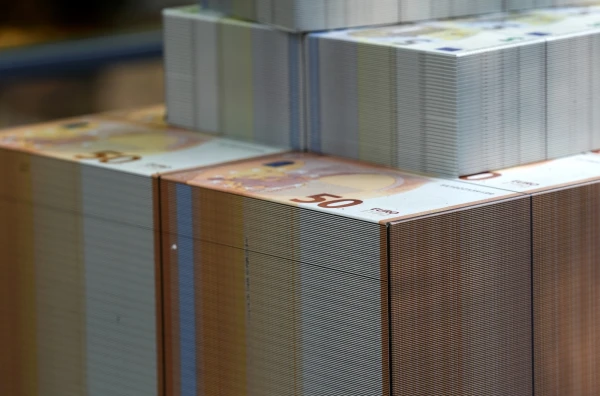
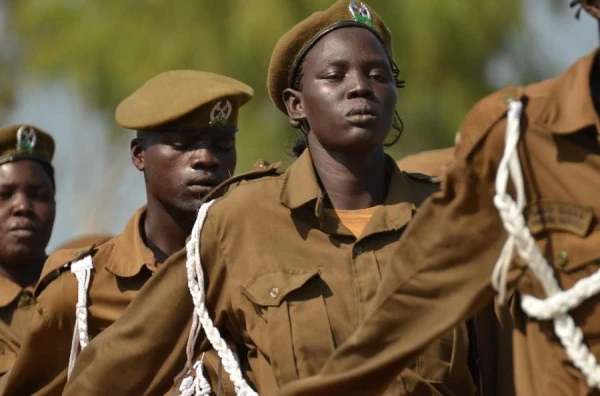
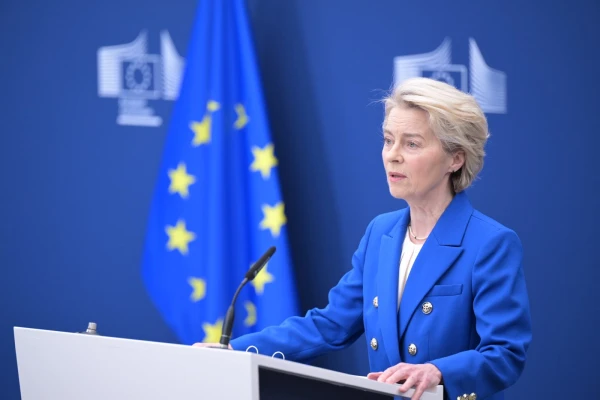
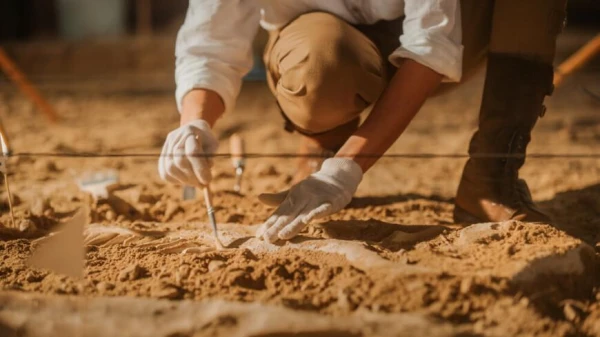

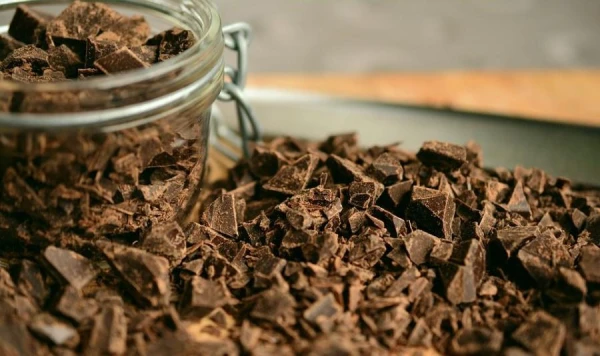

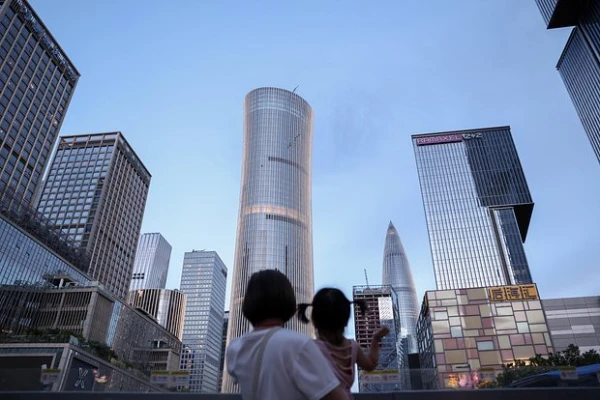

Leave a comment